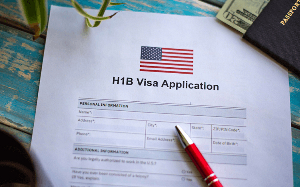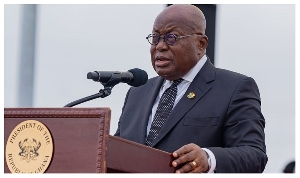- Home - News
- TWI News | TV
- Polls
- Year In Review
- News Archive
- Crime & Punishment
- Politics
- Regional
- Editorial
- Health
- Ghanaians Abroad
- Tabloid
- Africa
- Religion
- Election 2020
- Coronavirus
- News Videos | TV
- Photo Archives
- News Headlines
- Press Release
Business News of Thursday, 5 October 2017
Source: thebftonline.com
Ailing manufacturing sector healing, grows by 6.6%, first time in 5yrs
Figures released by the Ghana Statistical Service (GSS) have shown that the once-ailing and abysmally performing manufacturing sector is showing signs of revival, as it recorded a 6.6 percentage growth in quarter two of 2017 from the 5.9 percent in quarter one.
The sector, which was the most promising and vibrant among all other sectors, took a surprising nose-dive in 2012 when growth tumbled from 28.4 percent in quarter one to a measly 1.8 percent in the next quarter.
Growth further plummeted to the negatives in quarter four of the same year, and remained in that state for the next two years.
In more specific terms, the sector grew by -14.7 in quarter four of 2012 and ended quarter four of 2014 with -0.8 percent.
In 2015 the consecutive two-year negative growth was overturned, since the sector recorded a 1.7 percent growth then moved to 3.4, 3.9, and 2.2 percent respectively in the last three quarters of the year.
Then, last year, it grew by 3.1, 5, 3.9, 2.7 percent respectively in all four quarters, making the 5 percent growth the highest ever recorded in the past five years.
The abysmal performance of the sector has been attributed to three main factors, namely: energy crisis; high cost of power even when it is available; and high taxes, with all having all led to high cost of production which has suffocated many companies and led to the collapse of some.
On the power shortfall, in 2015 the Ghana Employers Association revealed that over 12,600 employees lost their jobs mainly due to power crisis.
The Industrial and Commercial Workers Union (ICU) also said over 560 jobs were lost between January and March 2015, also due to the power crisis.
Even though the power crisis eased in 2016, it came at a cost to industry as the alternative sources government employed to augment the main hydro-electric source of power produced power at a higher cost (19 cents cents kw/h) - thereby leading to tariff increments.
The Public Utilities and Regulatory Commission (PURC), in January 2016, announced an upward adjustment in power tariffs of 59.2 percent, and water by 67.2 percent.
As if that was not enough, in 2015 the energy sector levies were introduced as part of measures to raise funds to settle the indebtedness of Volta River Authority (VRA) and Electricity Company of Ghana (ECG) to some commercial banks in the country.
The levies included a 5 percent rate for street light levy and another 5 percent levy for the national electrification charge.
All the aforementioned resulted in high cost of operations for many businesses across the country, with the Association of Ghana Industries (AGI) persistently calling on government to address the situation to help companies.
“At a tariff level of over 19 cents kw/h, it is important to re-examine the current utility pricing and tax regime. If government is to chart a competitive path for industry, then we must reduce the cost of power to industry,” said AGI CEO Seth Twum Akwaboah.
The reversing fortunes of the sector, according to AGI President James Asare-Adjei, can be attributed to efforts by both the previous and current governments in addressing some of the major challenges that have stalled growth in the sector for some years now.
“We have in the past year or so seen marked improvement in energy supply to industry. Even though the cost of power is unreasonably high, we have made good progress from the time that power supply to industry was very challenging,” he told the B&FT.
“Again, too, for close to a year now we have seen relative stability in the currency. We saw in the past huge swings in the cedi’s sustainability.
“The current government also removed some taxes that we term nuisance taxes, and that has been very helpful. It has given some respite to industry players.
“All these are key things happening in the economy that have brought some confidence into it. The last Business Barometer Survey Report we released indicated very much improved confidence in the economy.”
In line with its campaign promise, the NPP government abolished and reviewed some 15 taxes it calls ‘nuisance taxes’.
Some of them include: reducing Public Lighting Levy from 5 percent to 2 percent; removing import duties on raw materials and machinery for production within the context of the ECOWAS Common External Tariff (CET); abolishing excise duty on petroleum; and also reducing the special petroleum tax rate from 17.5 percent to 15 percent.
It has also promised to provide the right energy mix of power, so that businesses can have access to power at a relatively cheaper cost than they are currently bearing.











